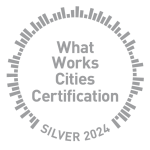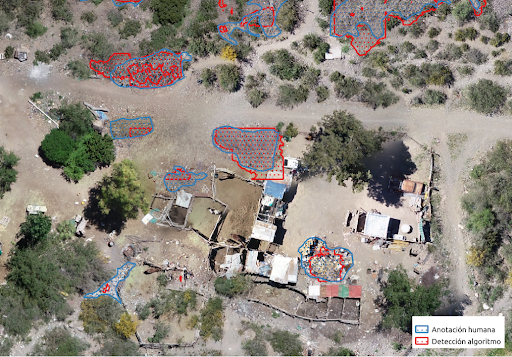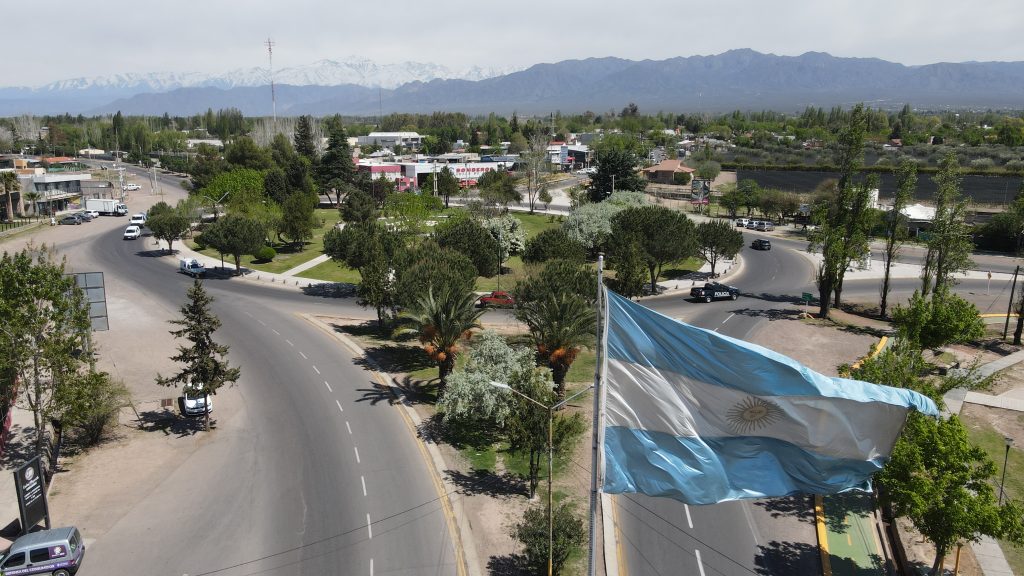Mendoza, Argentina
Using AI to Tackle Unregulated Landfills
Project Type:
Community Engagement, Finance, Health and Wellbeing, Infrastructure, Public Safety, Transportation

At a Glance
Used an AI-powered digital tool to identify small but harmful garbage dumps scattered around the city.
Created a Directorate of Digital Transformation, Smart Cities and Open Government to take advantage of data and make better decisions.
Built dashboards for data on commercial activity and entrepreneurship, waste recycling, public safety, and more after seeing the power of collating data during the pandemic.
Making progress toward 2030 climate goals through innovations from the Municipal Climate Change Committee, which is made up of the Secretary of Environment and Urban Development, science and technical organizations, universities, the Institute of Environmental Sciences, and more.
Like many cities, Mendoza has a problem with illegal dumping, particularly in marginalized neighborhoods near the foothills of the Andes. These small piles of trash pose major risks to water quality and public health. However, they are not always easy to see: many of the spill sites are small and hidden in ravines.
City leaders are now using artificial intelligence to locate and clean these micro-landfills. In collaboration with the Bunge and Born Foundation, Mendoza developed an algorithm that used drone photography to detect landfills as small as one square meter. The initiative is part of a broader effort to use data to make smart decisions related to climate change and the environment.
In just one part of the city, the tool found 1,573 detected trash tags. The algorithm can also identify whether the material in these piles is plastic, branches, construction debris, or something else. This gives city leaders a plan to direct their cleanup efforts, impacting and improving quality of life. of 2,000 families in 19 neighborhoods.
Recognizing the global need for such a tool, the team behind the technology has released the code and it has presented to cities throughout Argentina. And to make it replicable, they have adapted the algorithm so that it can use free images from Google Earth, instead of drone photography, which can be expensive. They believe the same approach could be used to detect other environmental hazards on the urban periphery, such as deforestation.
“Managing open dumps is an enormous management challenge for national, provincial and local governments,” said the Secretary of Environment from Mendoza, Sebastián Fermani. “Not only because of pollution and climate change issues, but also because it is a problem that disproportionately affects the vulnerable population.”
“Local governments may not have the resources of a regional or provincial government, but through data-driven decisions, we can generate a better climate and investment to create jobs and economic development.”

Used AI to identify and classify 1,573 small dumpsites in just one section of the city.
“What Works Cities Certification is both a recognition of the work done by a great team here, and also shows us how we can improve city management based on international standards.”

